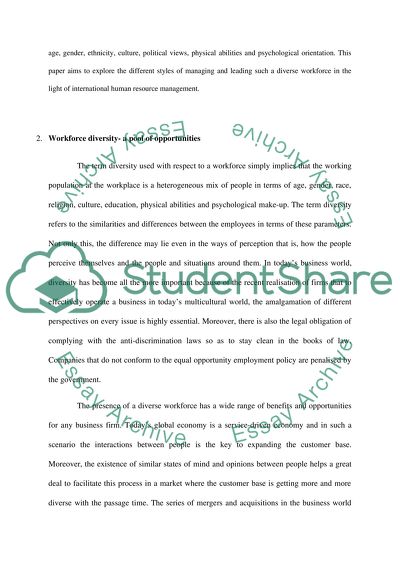Cite this document
(“HR-Faculty of Business Environment and Society Essay”, n.d.)
HR-Faculty of Business Environment and Society Essay. Retrieved from https://studentshare.org/human-resources/1630112-hr-faculty-of-business-environment-and-society
HR-Faculty of Business Environment and Society Essay. Retrieved from https://studentshare.org/human-resources/1630112-hr-faculty-of-business-environment-and-society
(HR-Faculty of Business Environment and Society Essay)
HR-Faculty of Business Environment and Society Essay. https://studentshare.org/human-resources/1630112-hr-faculty-of-business-environment-and-society.
HR-Faculty of Business Environment and Society Essay. https://studentshare.org/human-resources/1630112-hr-faculty-of-business-environment-and-society.
“HR-Faculty of Business Environment and Society Essay”, n.d. https://studentshare.org/human-resources/1630112-hr-faculty-of-business-environment-and-society.


